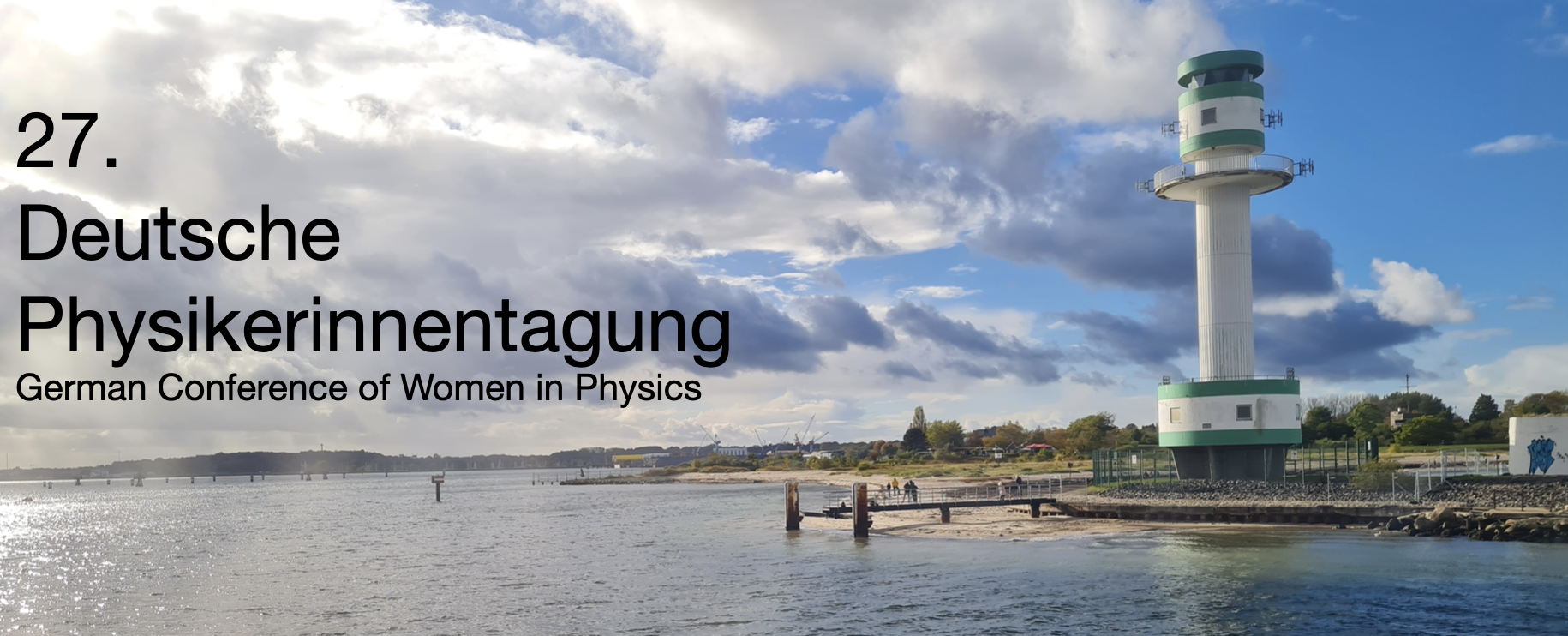Speaker
Description
Understanding and controlling the properties of materials at the atomic level is the basis for modern, sustainable technologies. We therefore need methods that provide precise insights into the structure and dynamics of matter - e.g. synchrotron radiation, neutrons and ion beams, which are available in large-scale research facilities. Research highlights show the potential of these probes.
Access to these methods may not be as easy as working in your own lab, but it offers great advantages: Once your proposal is accepted, you will have access to a wide range of infrastructure, from support labs to beamline scientists who can advise you, as well as software and data repositories that you can use. You will be part of a vibrant community that is excited by the possibilities of large-scale instrumentation research.
To realise the full potential, the elected interest groups Committee for Research with Synchrotron Radiation (KFS), Neutrons (KFN), Nuclear Probes and Ion Beams (KFSI) and Accelerator Physics (KfB) coordinate the use of these complementary methods and promote their synergies. They work for the users, but the users should also support them - by taking part in the elections and possibly also standing as a candidate and becoming a member of the committee. I will give some insight into the committee’s work.
Did you know that you don't have to be a professor to search for BMFTR funding in ErUM-Pro? Would you be interested in leading a BMBFT-funded junior research group? Did you know that the committees award prestigious prizes to young researchers working with neutrons and synchrotron radiation? Would you like to attend the German Conference on Research with Synchrotron Radiation, Neutrons and Ion Beams at Large Facilities (SNI2026, Hamburg, 8-10 Sept. 2026) to learn more about the research field? We offer this kind of information when you subscribe to our newsletters. Take a look at https://www.sni-portal.de.

